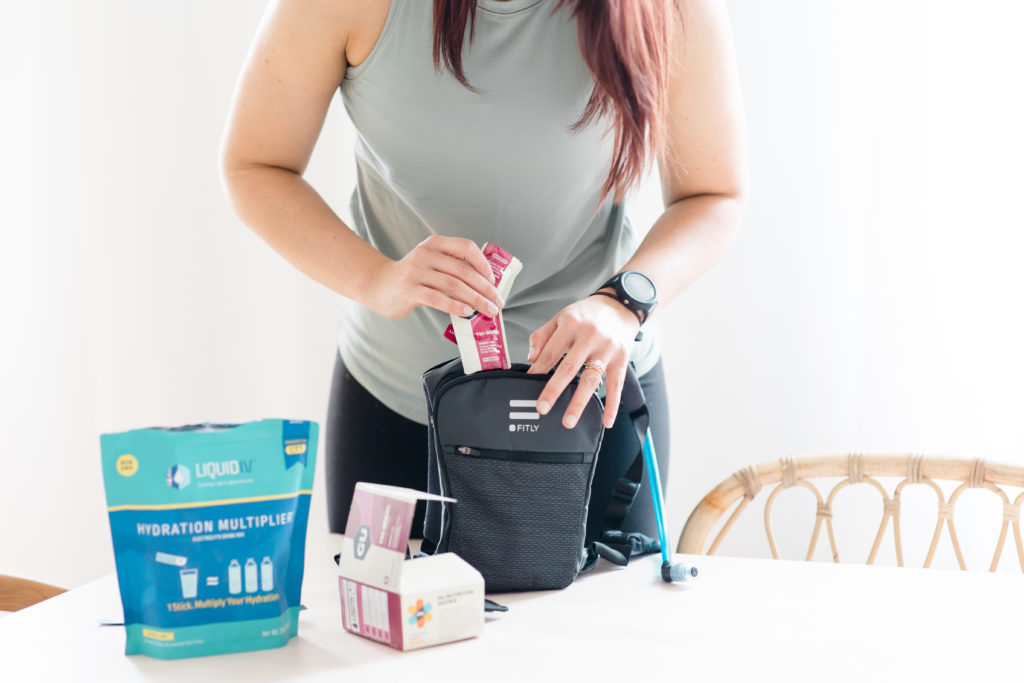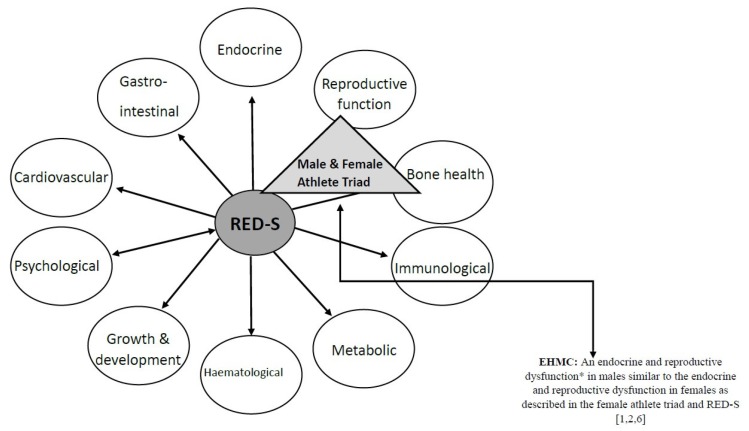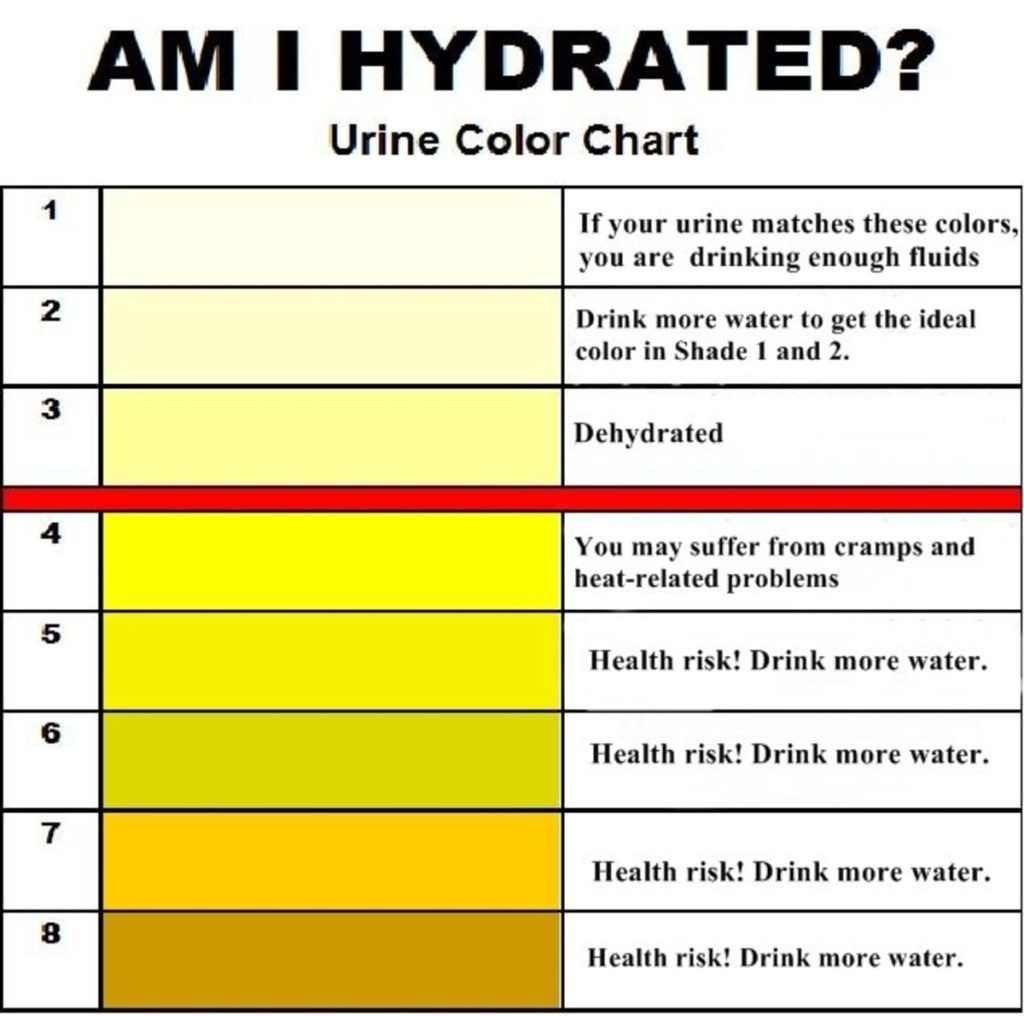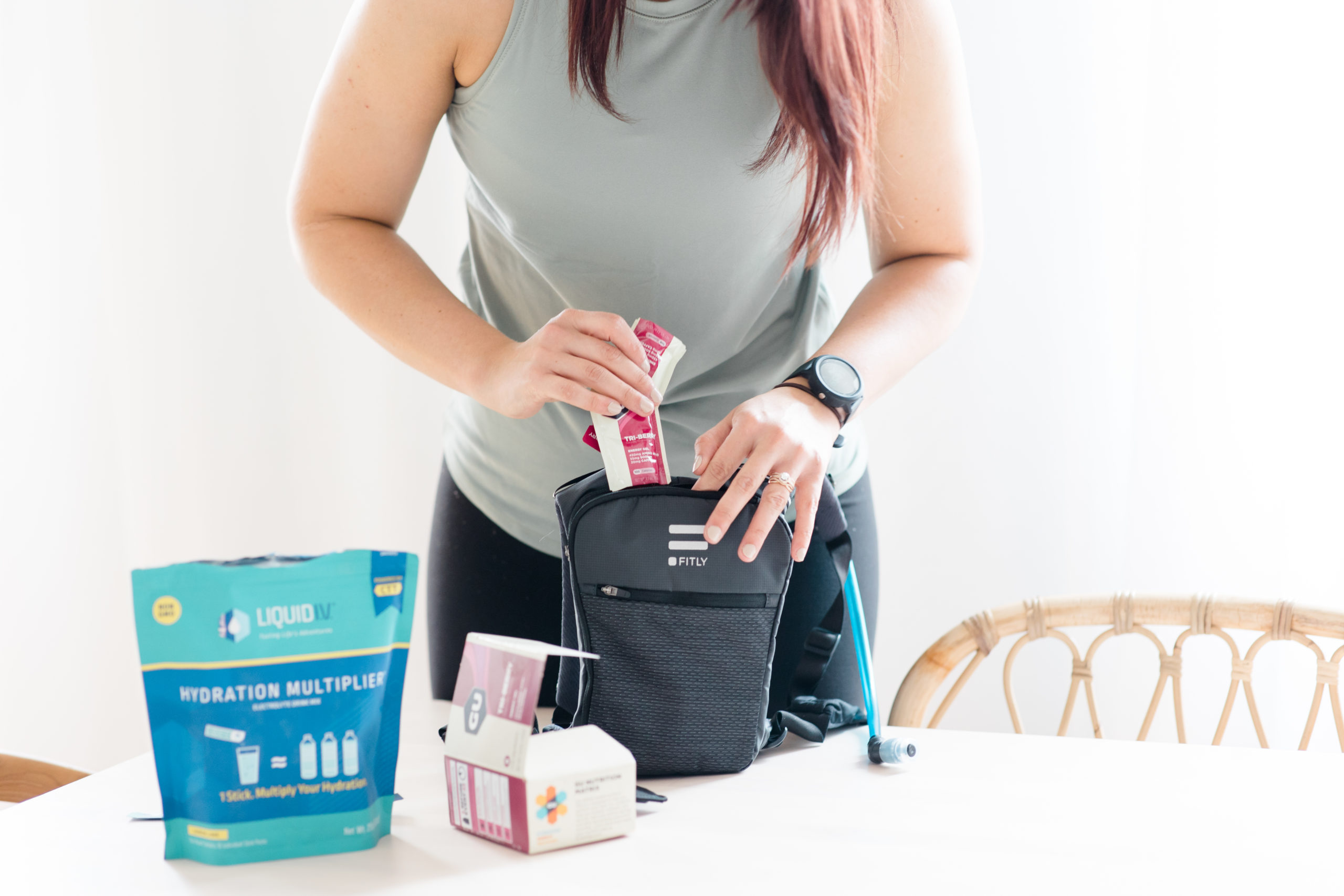
Recreation sports and activities provide many benefits such as physiological functioning and health, social interactions, and mental health. The 2019 Bureau of Labor Statistics reported that 19.3% of the US population engaged in sports or exercise each day in 2019 for at least half an hour. That equates to 63 million active people.
However, there appears to be a portion of recreational athletes that do not increase their energy intake to account for increased levels of energy expenditure and are at an increased risk of low energy availability (LEA) [1]. Low energy availability is energy intake that does not meet the minimal requirements for normal metabolic function and exercise. LEA leads to reduce performance, disrupted hormonal regulation, and many physiological functions are downregulated to conserve energy [2]. This appears to be when active individuals consume less than 30 kcal per kg of body weight per day [3]. Chronic LEA can lead to the female/male athlete triad or relative energy deficiency in sport (RED-s), see figure 1 [4].

According to self-reported health, dietary, and performance data, recreationally active individuals not meeting their nutritional needs appear to range between 14-63% depending on the study [4]. Even though recreational athletes are not exercising to the level of elite athletes, they still exercise at a high level and then still must complete day-to-day tasks such as work, family, and social aspects. This means that nutrition can have a huge impact on how an athlete feels from day to day [1, 4].
Recreational athletes are exposed to dietary ‘norms’ (i.e., tracking calories, social media influence, sports supplements, and body composition expectations) that impact a personals dietary intake…sometimes not for the better.
While I would like to say there are specific references I can provide for recreational athletes, there is still a limitation to exact specificity. It is important to keep in mind that each athlete is different. Some athletes may prefer to have chocolate milk after a workout while others may be better suited to a full meal. Even though sports nutrition is a new field, there are developed science-based recommendations that can get you started in the right direction.
Carbohydrate Needs
Carbohydrates are going to be your primary fuel source and will change the most depending on the sport or activity you are playing. The goal is to consume adequate “quality carbs” to keep your energy levels up during and after exercise. Aim for carbs sources that come from fruits, veggies, and whole grains. General carbohydrate guidelines are [5]:
| Amount of exercise/day | gram carb/lb. body wt. | gram carb/kg body wt. |
| 1-hour moderate exercise | 2.5 to 3 | 5 to 7 |
| 1-3 h endurance exercise | 2.5 to 4.5 | 6 to 10 |
| >4-5 h extreme exercise | 3.5 to 5.5 | 8 to 12 |
Protein Needs
Proteins are the tools that your body needs to rebuild and recover. The more intense the exercise is and induces muscle damage, the higher the protein needs are. To help you reach your protein needs aim for 20-30g of protein per meal and 10-15g per snack. A protein supplement is not necessary but can be beneficial for convenience if whole foods cannot be consumed. General protein recommendations are [5, 6]:
| Protein needs/lb. body wt. | Protein/kg body wt. | |
| Recreational exerciser | 0.6-1.0 g | 1.2-2.0 g/kg |
| Competitive athlete | 0.6-0.8 g | 1.2-1.7 g/kg |
Fluid Needs
Fluid needs are fairly simple. On a day-to-day basis drink half your body weight in ounces per day [5]. So a 200 lb athlete would consume 100 ounces of fluids per day. For every half hour of exercise consume an additional 8-12 ounces of fluids. If you are a heavy sweater or exercising in heat your fluid demands will increase, and so will the frequency of intake. The overall goal is to be able to have light-coloured urine every 2 to 4 hours, see figure 2.

Electrolytes
Unless you are playing or exercising in extreme heat, most recreational athletes do not exercise long enough that they would need to take an electrolyte supplement. As most electrolytes will be replenished through your food.
Body Composition
If you are a recreational athlete with the goal of losing body fat, slashing calories immediately is not the way to go. Most of the time exercise alone creates a calorie deficit that will ultimately help a person lose body fat. However, some athletes have increased hunger after activity and can sometimes eat more than what is required. When it comes to changing body composition while being a recreational athlete meal timing and composition are an important components to help an athlete meet their goals without impairing energy or performance.
While these recommendations will send you in the right direction, sometimes a little extra guidance can make a difference. If you are struggling with your nutrition, then schedule a 15 min complimentary discovery call to see if we would be a good fit to work together!
References
1. Black K, Slater J, Brown RC, Cooke R: Low Energy Availability, Plasma Lipids, and Hormonal Profiles of Recreational Athletes. J Strength Cond Res 2018, 32(10):2816-2824.
2. Areta JL, Taylor HL, Koehler K: Low energy availability: history, definition and evidence of its endocrine, metabolic and physiological effects in prospective studies in females and males. Eur J Appl Physiol 2021, 121(1):1-21.
3. Loucks AB: Exercise Training in the Normal Female: Effects of Low Energy Availability on Reproductive Function. In: Endocrinology of Physical Activity and Sport: Second Edition. edn. Edited by Constantini N, Hackney AC. Totowa, NJ: Humana Press; 2013: 185-205.
4. Logue DM, Madigan SM, Melin A, Delahunt E, Heinen M, Donnell SM, Corish CA: Low Energy Availability in Athletes 2020: An Updated Narrative Review of Prevalence, Risk, Within-Day Energy Balance, Knowledge, and Impact on Sports Performance. Nutrients 2020, 12(3).
5. Rodriguez NR, Di Marco NM, Langley S: American College of Sports Medicine position stand. Nutrition and athletic performance. Med Sci Sports Exerc 2009, 41(3):709-731.
6. Jäger R, Kerksick CM, Campbell BI, Cribb PJ, Wells SD, Skwiat TM, Purpura M, Ziegenfuss TN, Ferrando AA, Arent SM et al: International Society of Sports Nutrition Position Stand: protein and exercise. J Int Soc Sports Nutr 2017, 14:20.
